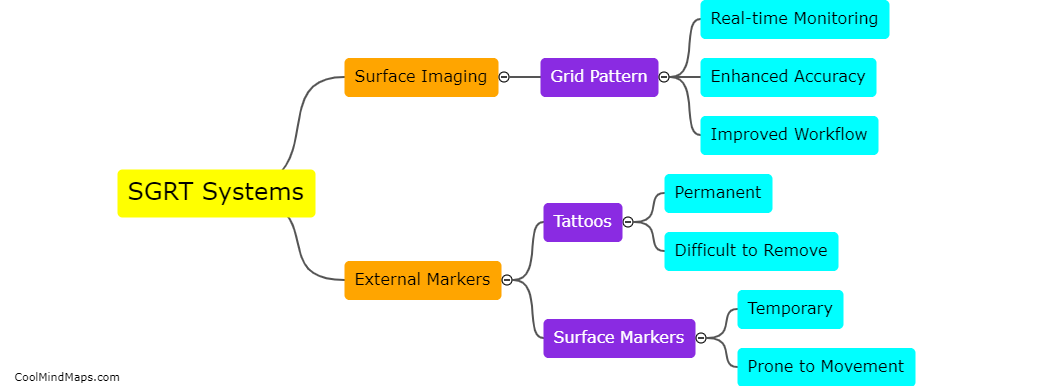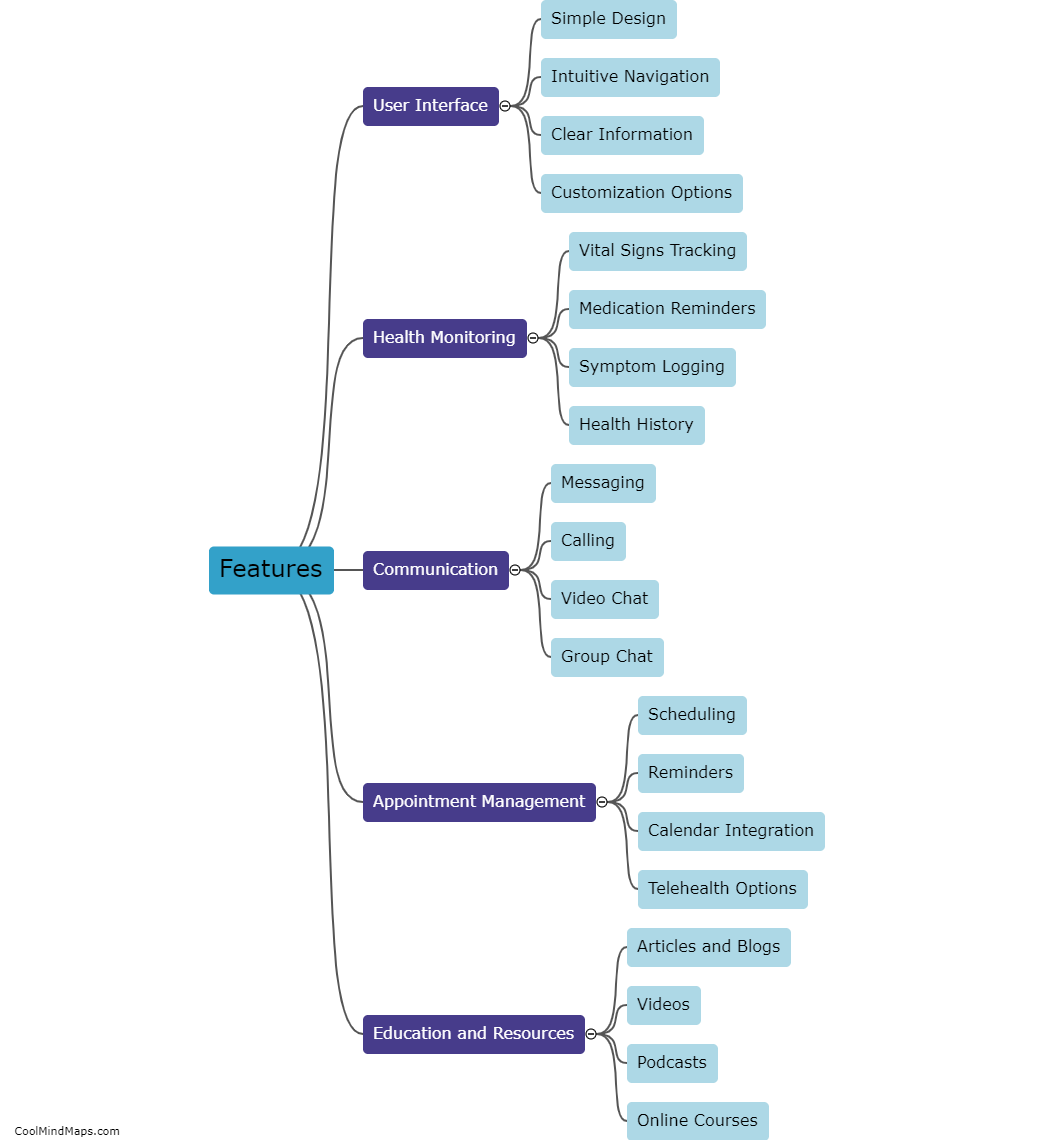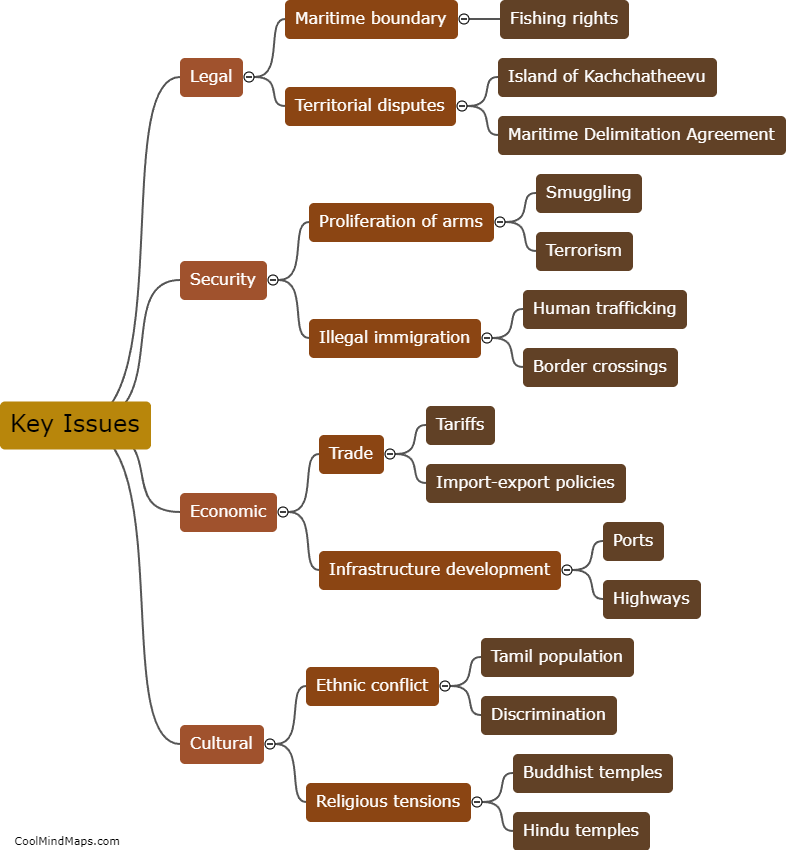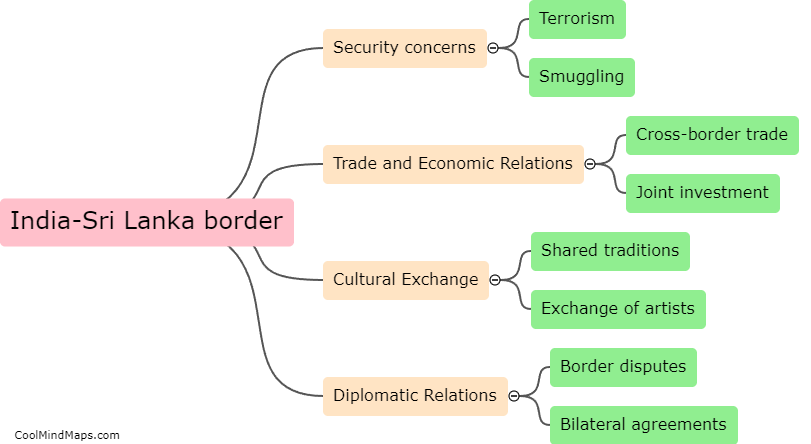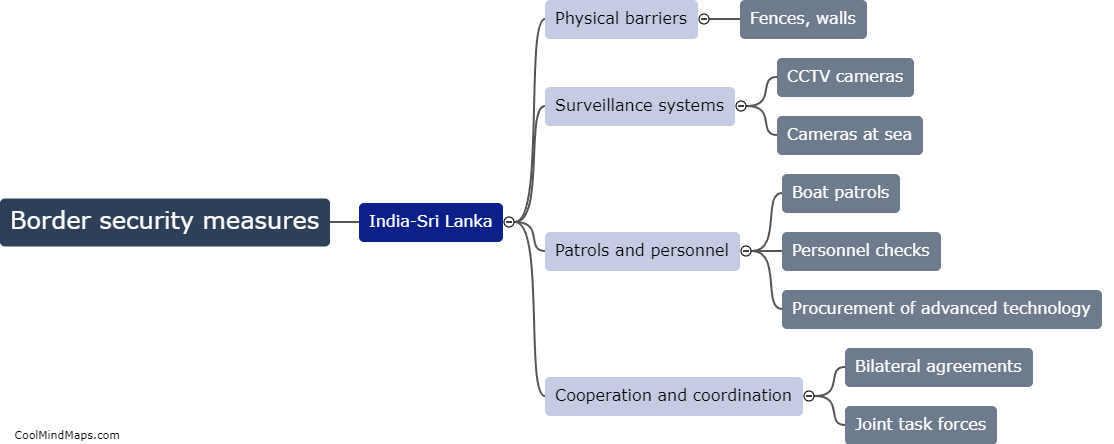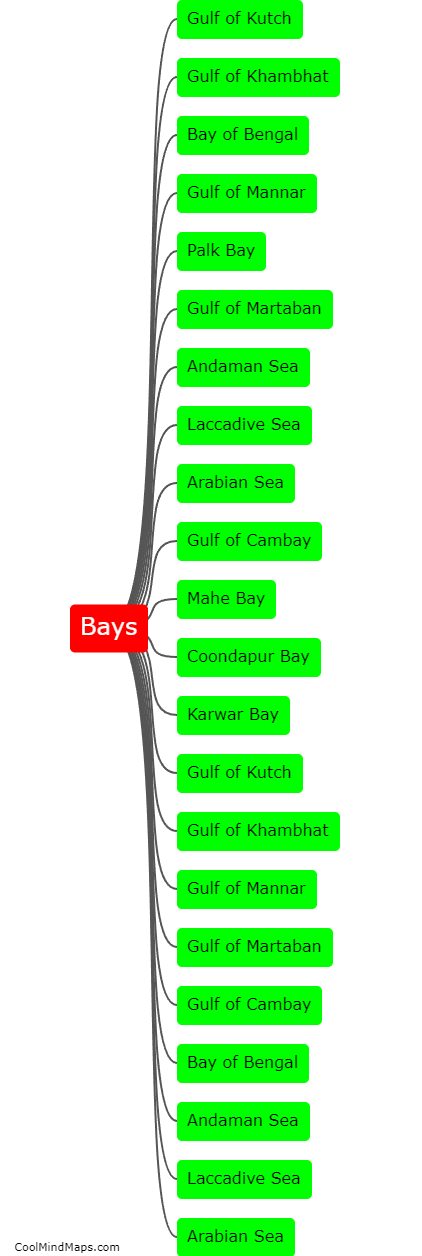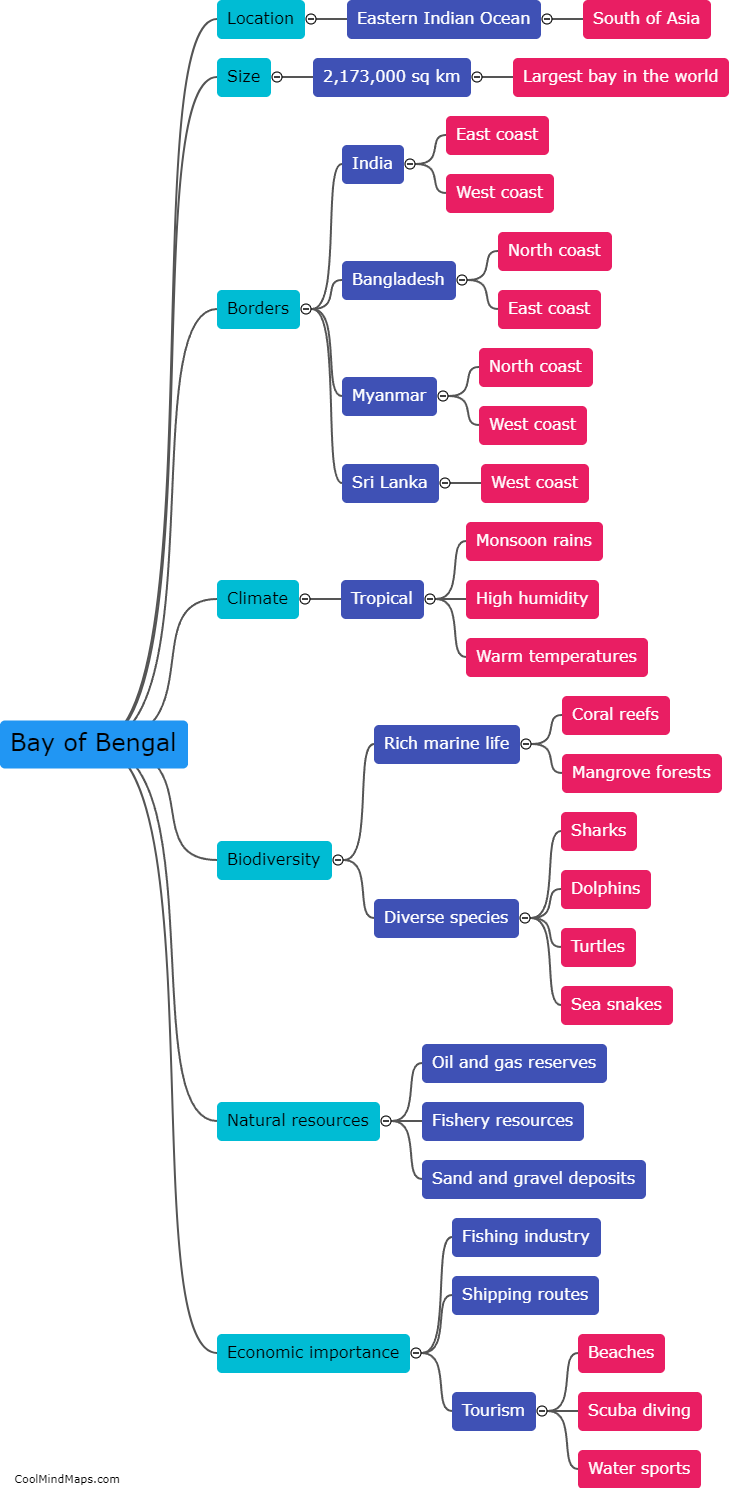What are the political divisions in India?
India, the world's largest democracy, consists of multiple political divisions that play a crucial role in its governance. The primary political divisions in India are at the national and state levels. Nationally, the political landscape is dominated by one central government, elected through a parliamentary system. This central government is responsible for making decisions on matters that affect the whole country. At the state level, India is divided into 28 states and 8 union territories, each with its own elected government. These state governments have the authority to make decisions on matters within their jurisdiction, such as law and order, public health, and education. Additionally, within these divisions, many political parties exist, each representing different ideologies and interests. This vibrant multi-party system fosters healthy political debates and the representation of diverse perspectives across the country.
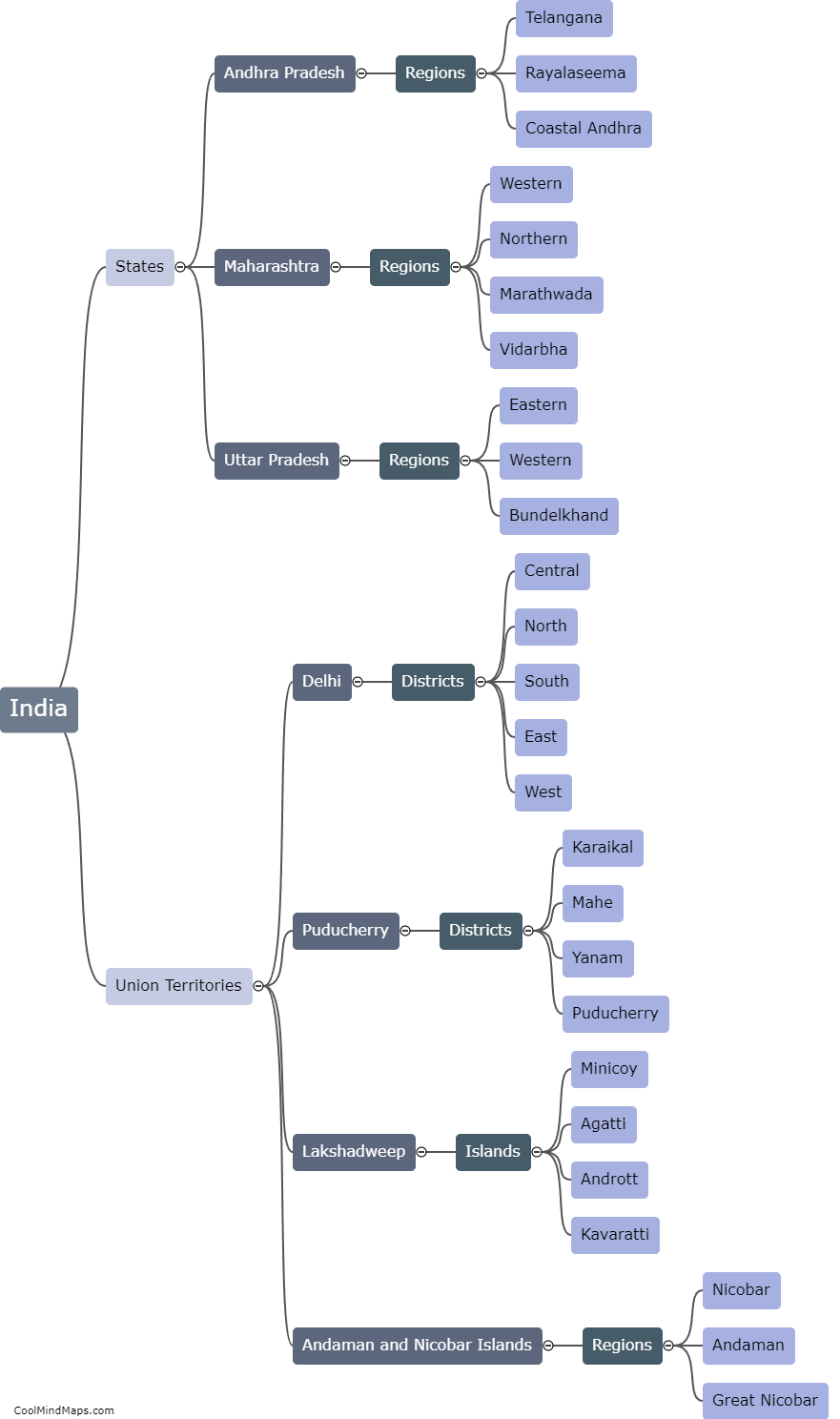
This mind map was published on 6 February 2024 and has been viewed 130 times.
